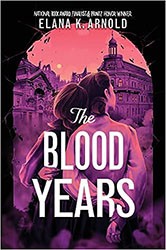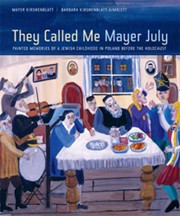Art is rooted in imagination, and artifice, in skill. Set in the Netherlands during World War II, Sharon Cameron’s intricately woven story centers on forged painting and deception. Individuals’ motives vary; for Isa de Smit, the daughter of a gallery owner, committing fraud offers her a chance to outwit Nazi collectors and save Jewish children.
There are several paradoxes in Cameron’s compelling story. Some characters are wholly fictional, while others are based on historical figures. Although Nazi leaders such as Hermann Göring were obsessed with banning “degenerate art,” they also craved the opportunity to acquire personal collections, whether through purchase or theft of iconic paintings. Isa realizes that she can sell forged artworks to her country’s occupiers and earn desperately needed cash.
When her friend, Truus, who is active in the resistance, needs money to aid the escape of Jewish children, Isa becomes enmeshed in a dangerous web of questionable relationships and risky acts. Her dangerous attempt to work with noted Vermeer forger Han van Meegeren, an actual historical figure, highlights the moral ambiguity of her circle. Nothing is as it appears on the surface, causing Isa to constantly question the world as she knows it. Just as a new painting can be physically and chemically aged, people may alter their identities and engage in deception. Brown is the color of Nazi uniforms, the wrapping paper enclosing paintings, and the tasteless coffee substitute masquerading as the real beverage.
Cameron builds narrative tension through Isa’s reflections on enemies and friends. Her father is a consummate artist and forger, and he’s also compromised by a dependence on substances. Her friend Truus’s companion, Willem, harbors a rigid moral code, yet his behavior suggests that he may be masking deeper truths about himself. Michel Lange is a German soldier who claims to oppose the Nazi regime, but Isa is tormented by her inability to interpret his ultimate goals. In every occupied country, the Nazis found collaborators — whether they were eager or reluctant — and the Netherlands was no exception. Few Dutch Jews survived the war. This tragedy provides the context for Isa’s commitment to rescue even a small number of Jews. Rather than emphasizing heroism, the author depicts fear and confusion as much as courage.
With a complex plot, carefully drawn characters, and many doubts, Isa’s story demands that we pay attention. Isa struggles to understand how the Nazi collectors can be attracted to beauty even as they commit atrocities. This contradiction is never explained, leaving a dark mystery at the story’s center. Until the conclusion, readers, like Isa herself, remain unsure of the outcome. We also discover the intricacies of art forgery, and even learn to question the binary division between art and artifice.
Emily Schneider writes about literature, feminism, and culture for Tablet, The Forward, The Horn Book, and other publications, and writes about children’s books on her blog. She has a Ph.D. in Romance Languages and Literatures.





